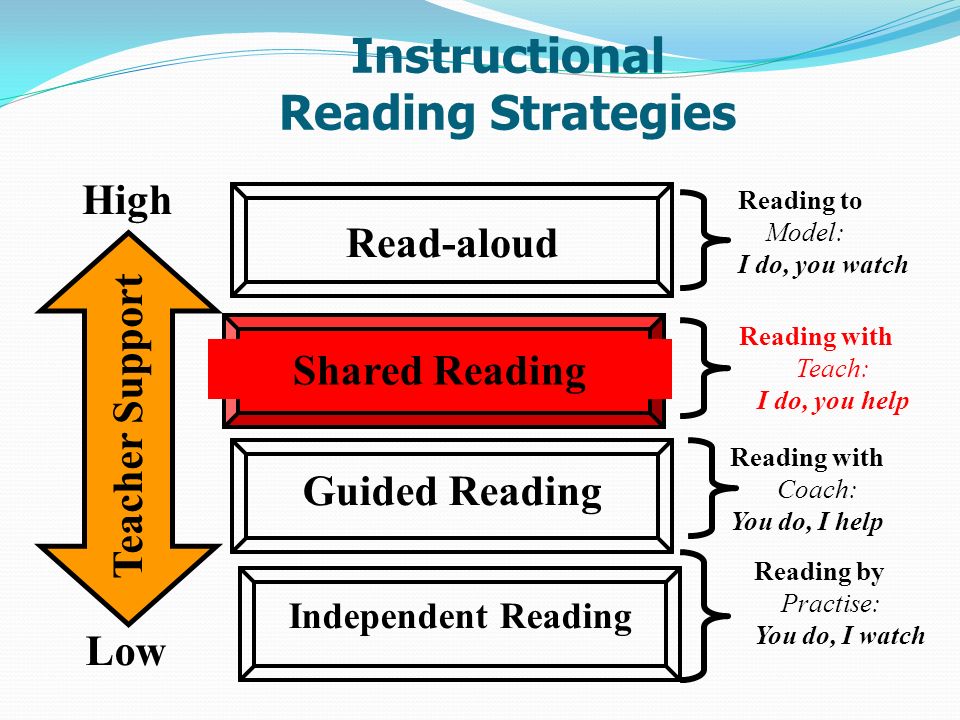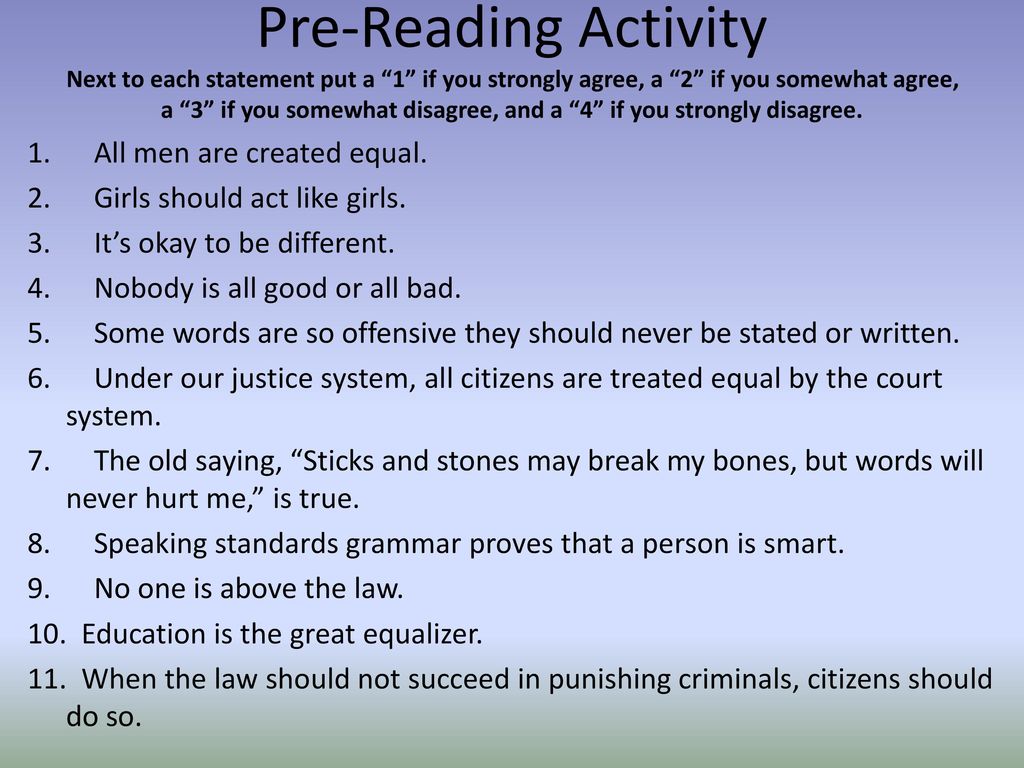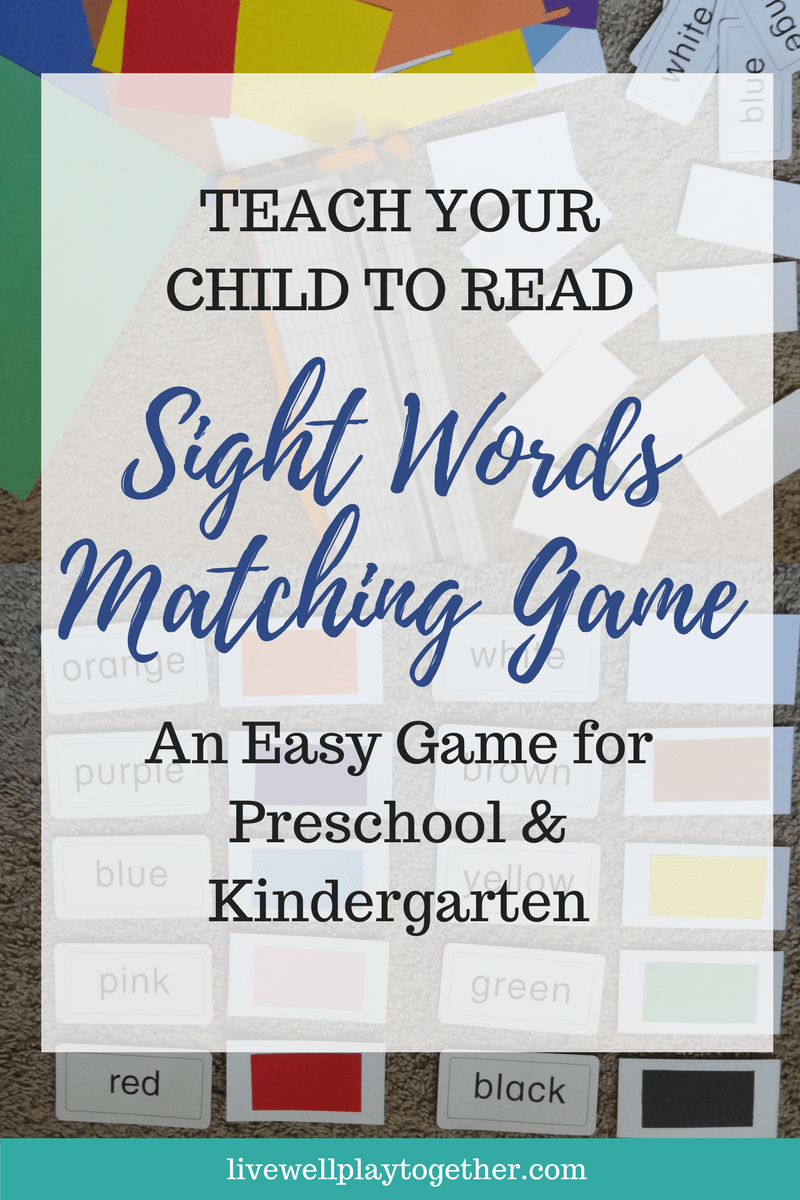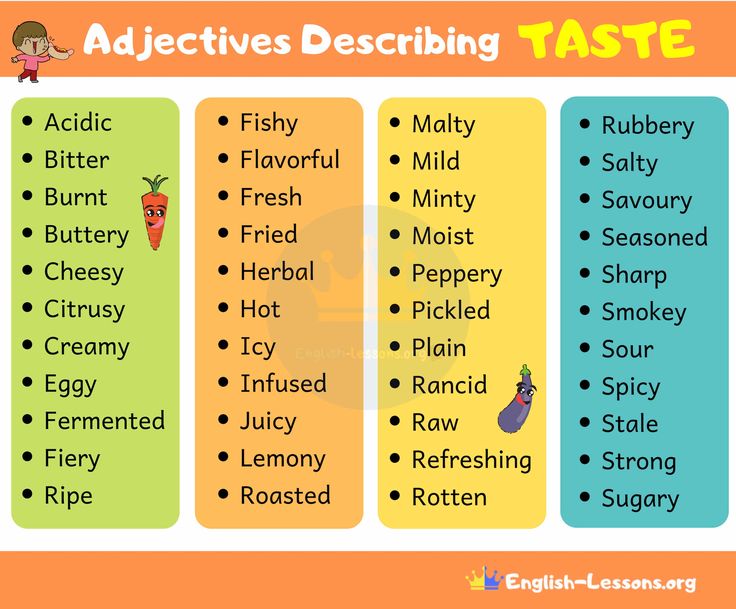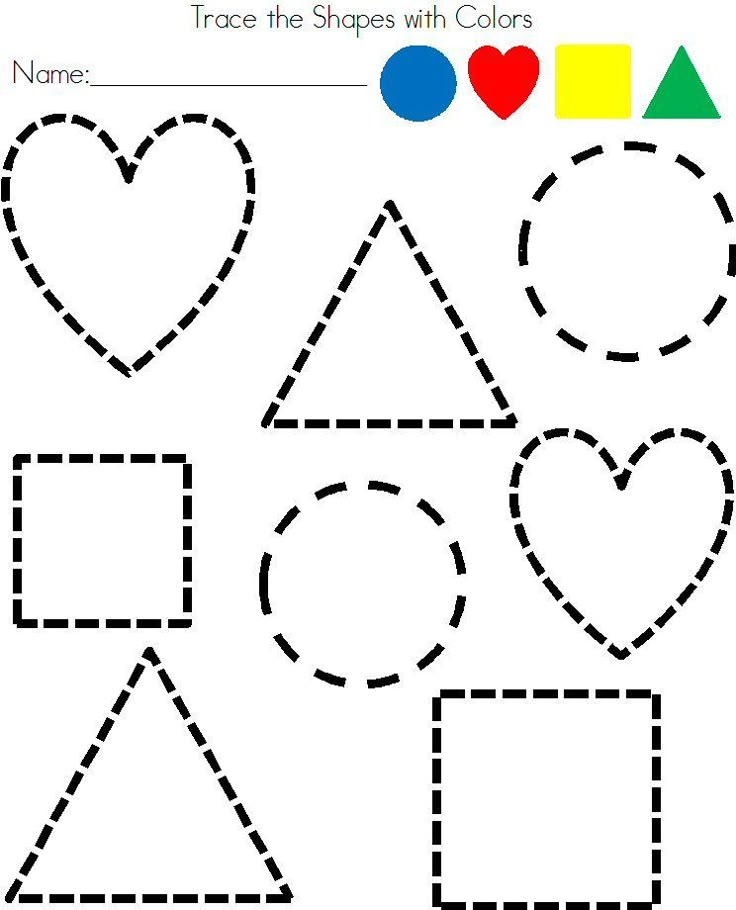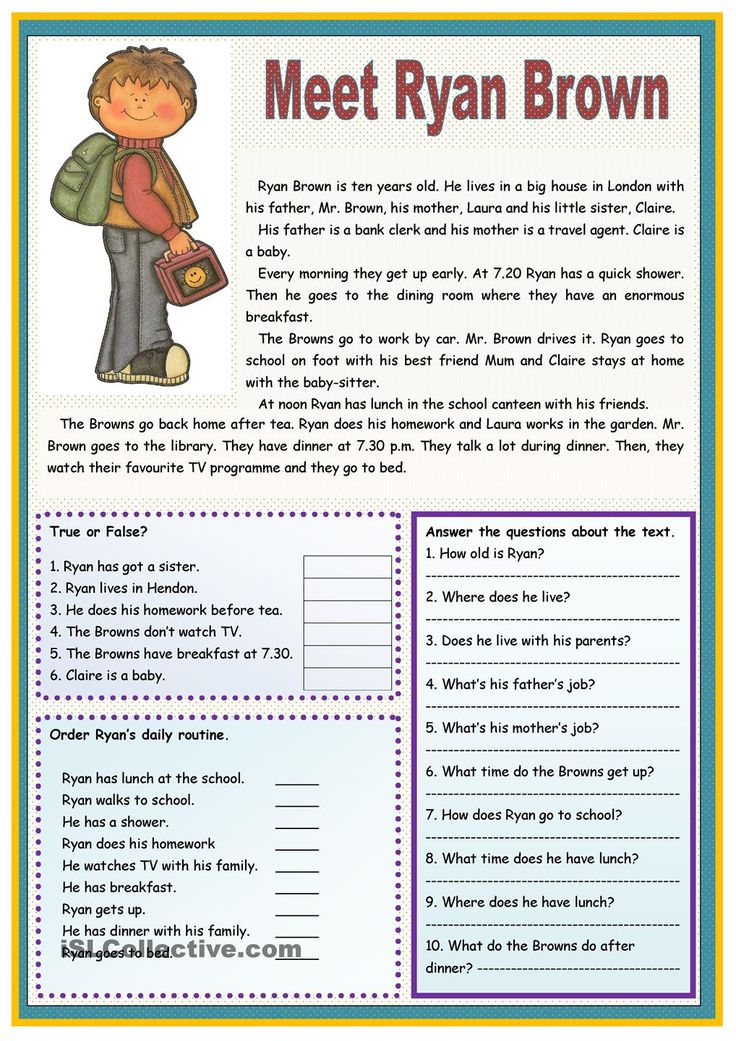Short vowels practice
Short Vowel Worksheets
Vowels are speech sounds that we can create with an open vocal tract. In the English language we recognize there to be five and sometimes six letters that represent these sounds. The letters a, e, I, o, u, and sometimes y makes these sounds. Most language have at least three vowels. Short vowel sounds occur when a letter is not pronounced in the same way the letter sounds. Vowels that sound the same as the pronunciation of the letter are called long vowel sounds. You can tell the difference between long and short vowel sounds by sounding out the word and specifically the vowel sound and comparing it to the letter sound.
The collection of worksheets below will help students find and decipher vowels that don't sound like as they appear. For example the word "fan". The "a" is a short vowel because it does not sound like an normal "a" sound. Short vowels normally appear when grouped or surrounded by consonants. This gets tricky when we get it vocal language.
Homophones draw fear in most eyes, when they are not written down. For instance, would have a steak or stake for dinner? Is it hot outside because the son or sun is glaring down on you? It is a really good idea to do a few of these worksheets as a class. Try to sound out everything and when possible, make sure to use visuals and pictures to help you along.
Get Free Worksheets In Your Inbox!
Click the buttons to print each worksheet and associated answer key.
Say the name of each picture. Color the pictures where you hear the sound we are looking for.
Say the name of each picture. Color in the box that contains the letter whose vowels do not sound like the letters that you see.
Say the name of each picture. Circle each picture that has a that sound in its name.
Write the missing short vowel in each word. Then say the word.
Say the name of each picture out loud.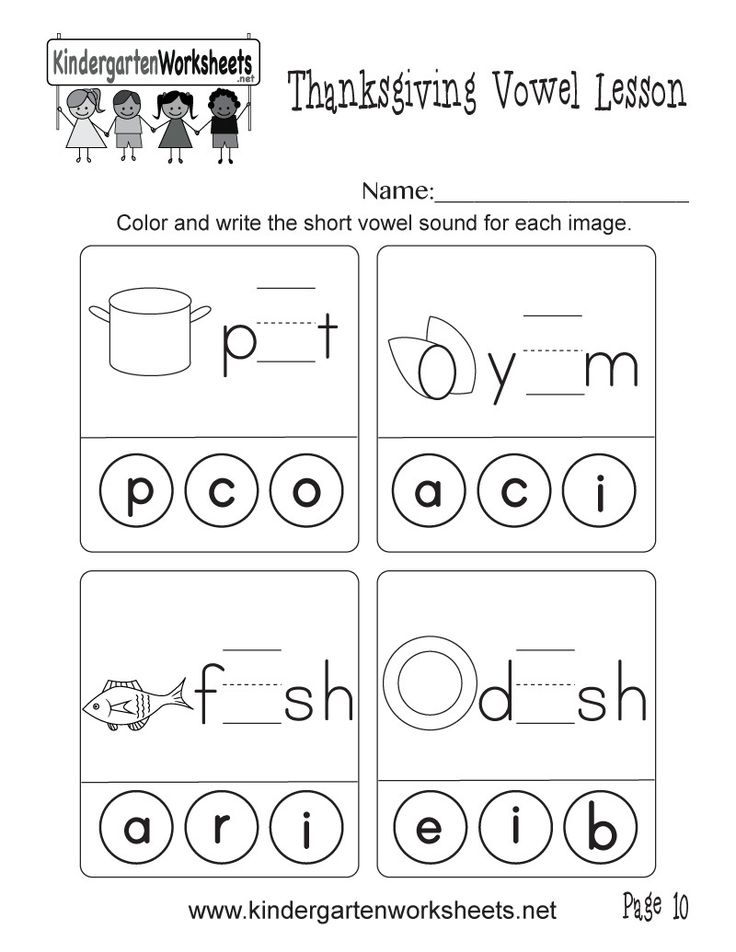 Write the letter of the missing sound that you hear. Hint: You should name all the vowels once!
Write the letter of the missing sound that you hear. Hint: You should name all the vowels once!
Use the vowel words in the box to complete each sentence.
Say the name of each picture. If you hear the short Uu sound, circle the picture in these words: tub glue brush truck mug
Sort each word into the correct column, to show which sounds that it contains.
Where are all the short As located in the words and which words even have it
Where is the pint-sized o sound coming from in: koala snow lock hot dog pot
Draw lines to match the pictures that have the same vowel sounds.
Where does the "i" not sound like it appears on the visible paper?
Say the name of each picture. Draw a line to the letter that makes the same sound.
Say the name of each picture. If you hear the short Ee sound, circle the picture.
Saw each word quietly to yourself.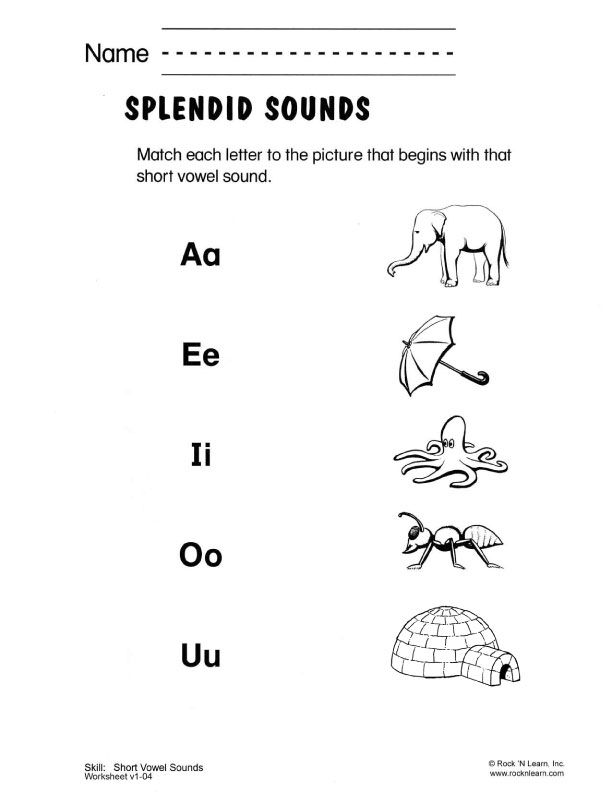 Draw a picture of each word that has a sound in its name.
Draw a picture of each word that has a sound in its name.
What Are Short Vowels?
The English language is made up of 26 letters. They are further divided into vowels and consonants. The vowels: a, e, i, o, and u have two methods of pronunciation. They make (at least) two sounds, a short one and a long one. Sometimes, they can be silent, too.
When a vowel in a word makes the sound of its particular letter, it is called a short sound. Say the words bat and led. The 'a' in 'bat' and 'e' in 'led' make these sounds.
The most common sound for each vowel is its "short" sound:
- a is pronounced as /æ/ like in ant, map, or tanning
- e is pronounced as /ɛ/ like in egg, men, or getting
- i is pronounced as /ɪ/ like in ice, tin, or literature
- o is pronounced as /ɑ/ like in ostrich, lot, or osmosis
- u is pronounced as /ʌ/ like in umbrella, pun, or mutt
The Consonant Vowel Consonant (CVC) Pattern
The sounds that are associated with the letters, a, e, i, o, and u are the short vowel sounds.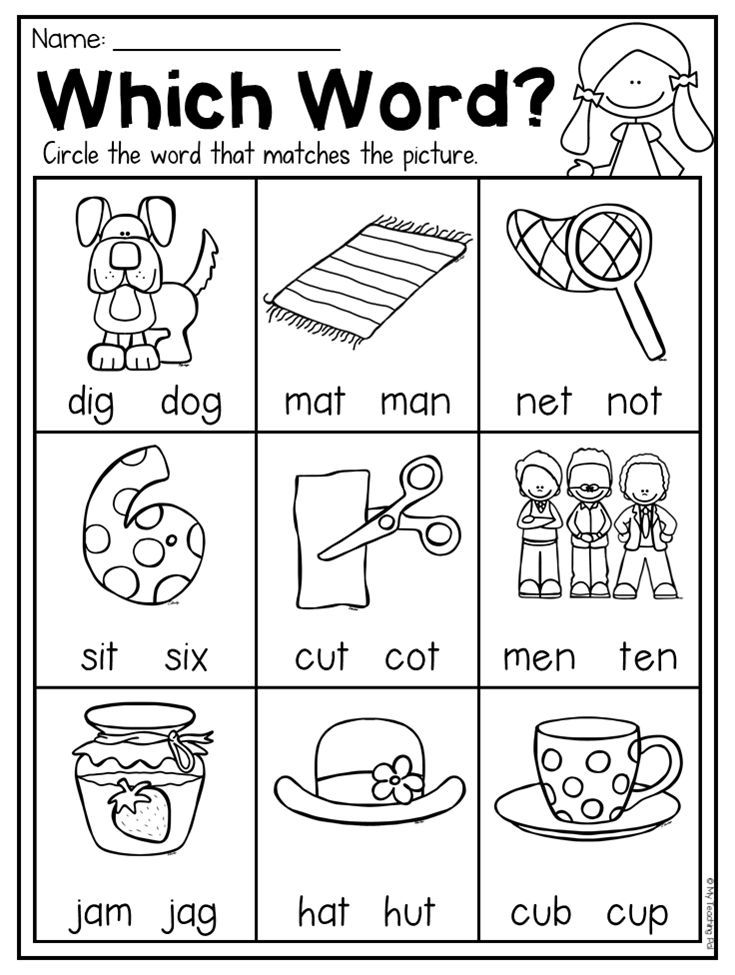 These letters produce this sound when they are placed between two consonants making the CVC pattern. Consonant-Vowel-Consonant or CVC words, such as fat, met, hit, not, and cut, make the vowels produce this sound.
These letters produce this sound when they are placed between two consonants making the CVC pattern. Consonant-Vowel-Consonant or CVC words, such as fat, met, hit, not, and cut, make the vowels produce this sound.
You should let your students know that when we use the term short, we do not mean the length of time it takes to pronounce the vowel sound—it is meant to be a name only.
If a vowel follows two consonants, the vowel will make this sound.
For example: ball, Beth, pull, broth, and ding
Additionally, when a vowel is pronounced with a short vowel sound, it may be followed by two consonants. It is not necessary for the consonants to be present for the identification of these vowels but they do offer a handy clue that the sound in that particular instance is indeed that echo you are looking for.
When a word starts with a vowel and is followed by either one, two, or more consonants, the CVC pattern will still apply.
Example CVC Words with Sounds
a - Gas, dab, mad, pal, sap, gap, yam, zap, jab, van
e -Gem, leg, vet, hem, red, wet, set, met, Ted, jet
i -Gig, lit, rim, pin, sin, fig, sit, zip, gin, did
o -Got, cop, rod, not, sod, tot, jot, mom, pot, cot
u -Gum, rut, mug, cub, sun, tug, gut, hug, pug, sub
Rules of These Sounds
As mentioned earlier, these sounds are called short, but it doesn't actually take a shorter time to say them than long sounds.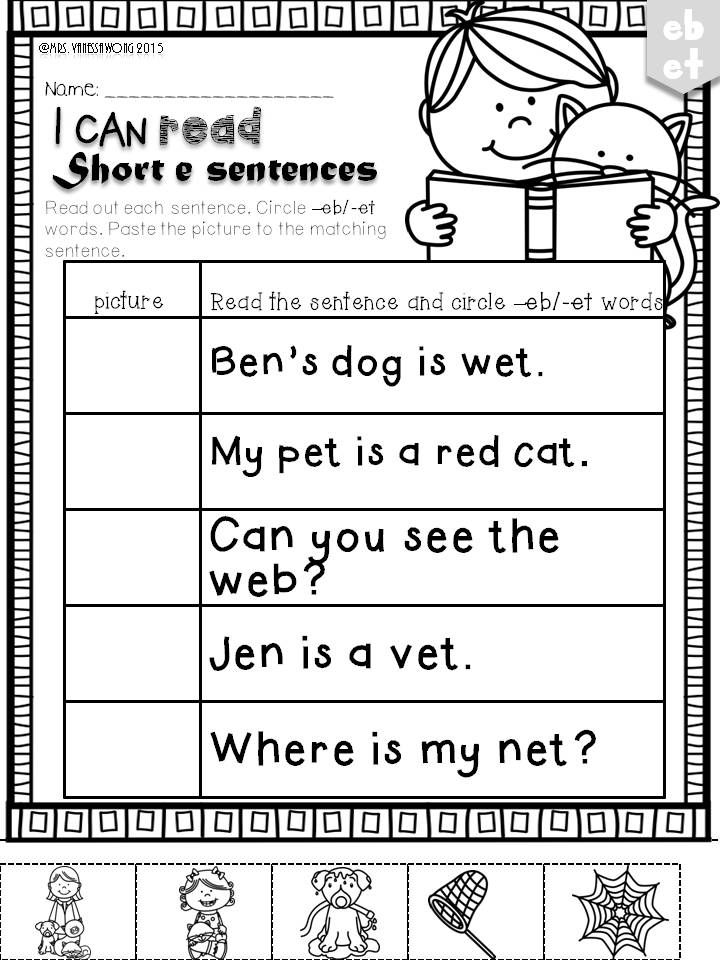 It is essential for beginners to learn how to pronounce the short sounds of these five vowels because they are the most commonly used sound for their letters.
It is essential for beginners to learn how to pronounce the short sounds of these five vowels because they are the most commonly used sound for their letters.
The rules for how and when to use the short vowel sounds apply to all five vowels.
- When the syllables of a word end in a vowel, followed by a consonant, usually the vowel is short and it is almost always short.
- When we add -ed to change a verb to the past tense, the vowel sound stays the same. An ending consonant is often doubled for keeping a short vowel short. For example: Stop – Stopped, Spill – Spilled.
Ways to Teach Short Vowels to Kids
- Play songs and poems from YouTube and other online resources
- Make practice worksheets
- Use hand gestures to work on muscle memory
- Find the vowels on flash cards
Phonics Worksheets - Vowel Sounds
Short A Vowel Sound
Here is a collection of worksheets and games for reviewing the long a vowel sound.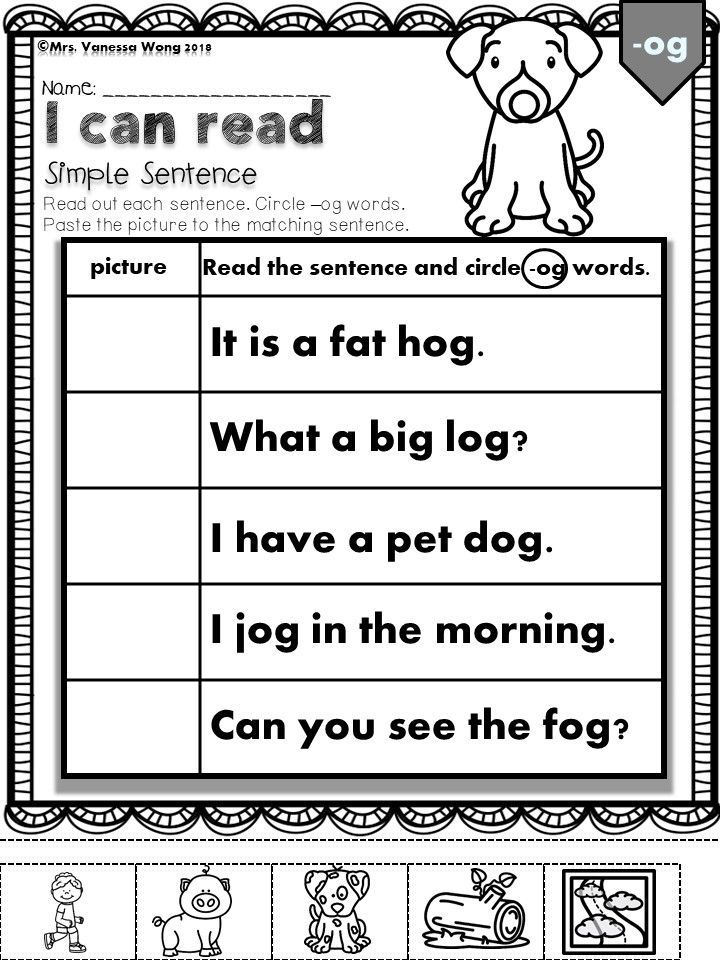 There's a classroom scavenger hunt, word sort activity, cut-and-glue projects, worksheets, and word wheels.
There's a classroom scavenger hunt, word sort activity, cut-and-glue projects, worksheets, and word wheels.
Long A Vowel Sound
These printable phonics worksheets focus on writing and reading words with the long a vowel sound. This collection includes color-and-read minibooks, reading sliders, printable card games, worksheets, and phonics learning centers.
Short A & Long A (Mixed)
These files focus on differentiating between the short a and long a sounds.
Short E Vowel Sound
Here you have a variety of printable worksheets and games for teaching students about the short e sound. There are reading and writing worksheets, as well as learning centers that involve cutting and gluing.
Long E Vowel Sound
This page contains a collection of long e printables. Includes flashcards, reading strips, games, as well as several cut-n-paste projects.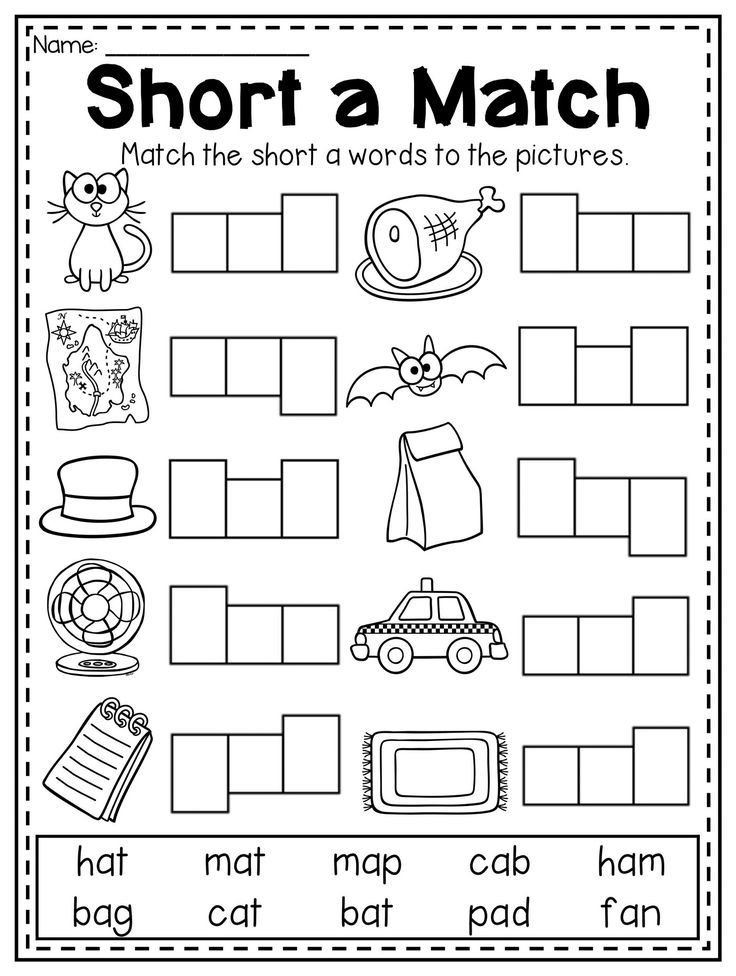
Short E & Long E (Mixed)
The worksheets in this section have students determining the differences between words with a long-E sound and a short-E sound.
Short I Vowel Sound
Phonics worksheets that focus on words that have a short-I vowel sound.
Long I Vowel Sound
This pages has a variety of printable worksheets, games, and activities to help students recognize words with the long-I vowel sound.
Short I & Long I (Mixed)
This page has printable worksheets to help students discern and understand the differences between words with a long-I vowel sound and words with a short-I vowel sound.
Short O Vowel Sound
Phonics worksheets that focus on words with the short O sound. Print out cut and glue activities, word wheels, games, and more.
Long O Vowel Sound
Students will learn about words that have a long-O vowel sound with these worksheets.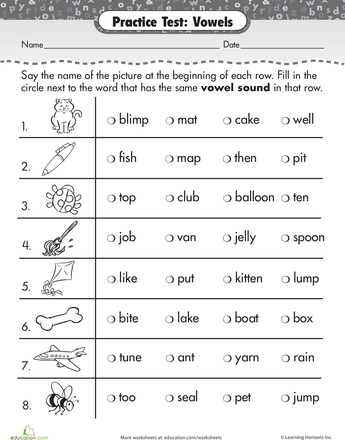 Some of the words in this section include: row, home, snow, code, goat, boat, and store.
Some of the words in this section include: row, home, snow, code, goat, boat, and store.
Short O & Long O (Mixed)
Check out the worksheets in this section that feature words with both short-O and long-O sounds.
Short U Vowel Sound
Printable phonics worksheets that focus on words with the Short U vowel sounds.
Long U Vowel Sound
Try out the printable word wheels, cut-and-glue activities, and other worksheets to practice reading words that have the long-U sound. Some of the words include: unicorn, music, use, and unicycle.
Short U & Long U (Mixed)
The printable phonics worksheets on this page feature words with long-U sounds and words with short-U sounds. Students will learn the differences between the two.
Digraphs and Diphthongs
Vowel Digraphs: EE and EA
These resources cover words with the long-e sound, spelled with the letters ee and ea.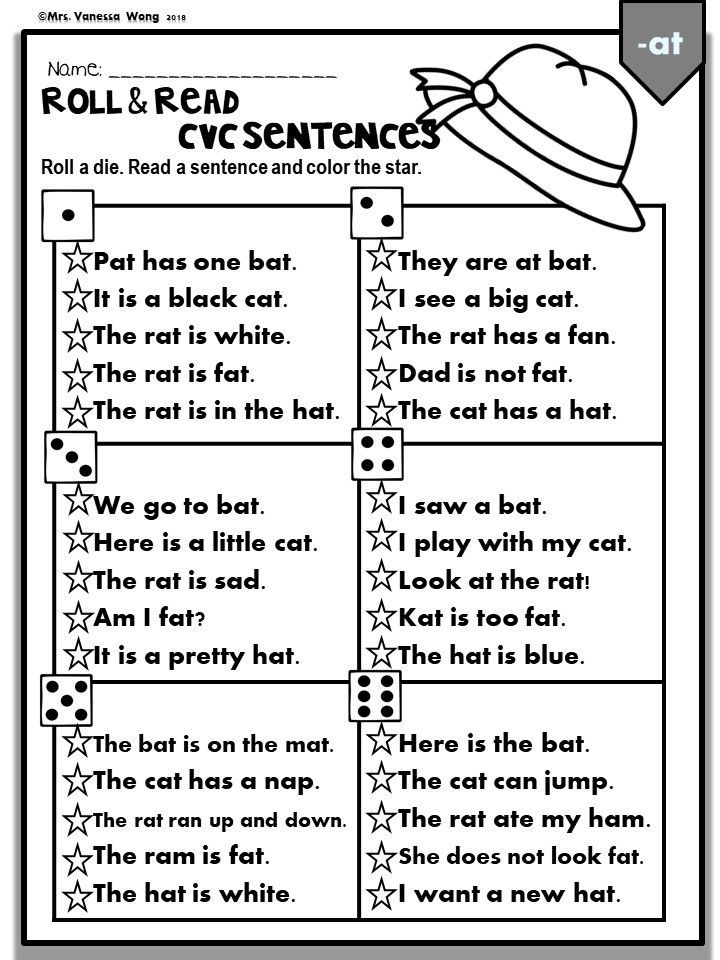 Words in this set include feet, meat, leaf, clear, and green.
Words in this set include feet, meat, leaf, clear, and green.
Vowel Digraph: OO
These printables cover words with oo in them. The letters oo can make two vowel sounds. Short-oo is the vowel sound you hear in words like book and floor. The long-oo sounds is heard in words like school and moon.
Vowel Diphthongs: OI and OY
Learn about OI and OY words with these wheels, flashcards, sliders, and activity sheets.
Vowel Diphthongs: OW and OU
Learn about the /ow/ sound, spelled with the diphthongs ow and ou. This page includes a mini-book and several worksheets.
R-Controlled Vowel: -AR
These files can help you teach students about the vowel sound in words like car, mark, arm, and far. There's a mini-book, a sorting game, and a word search.
Also on Super Teacher Worksheets.
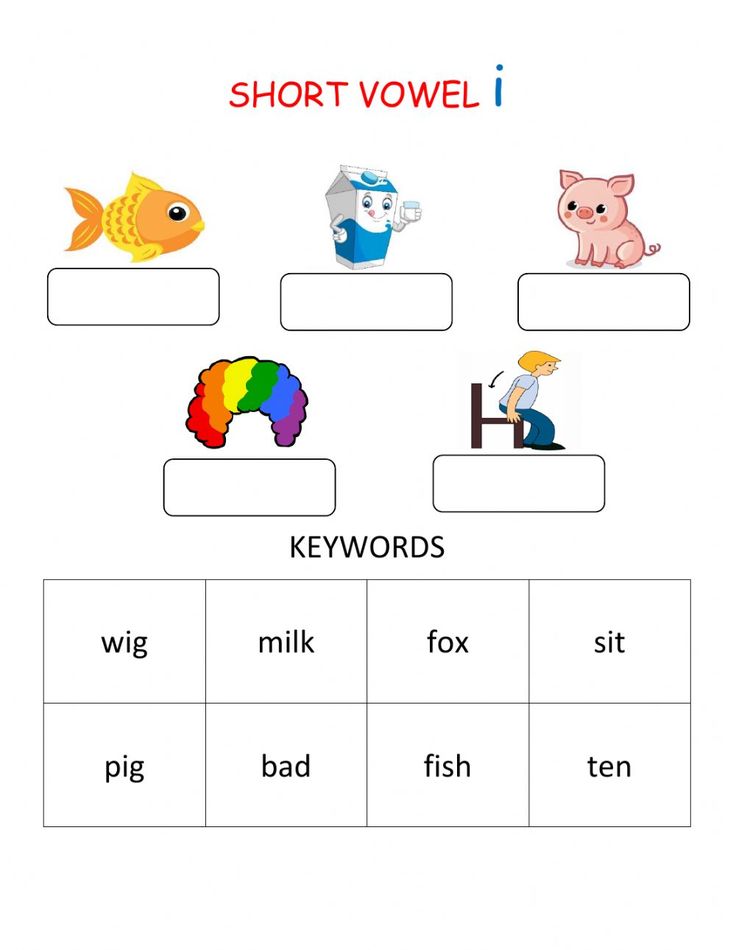 ..
..Phonics: Consonant Sounds
Phonics worksheets for consonant letters sounds, including beginning consonants and ending consonants.
R-Controlled Vowel Sounds
Find worksheets, flash cards, and word wheels for teaching r-controlled vowel sounds. These sounds include /är/ as in star, /ôr/ as in short, /ûr/ as in bird, /âr/ as in hair, and /îr/ as in deer.
Word Family Units
We have dozens of word family units. Word families are collections of words with the same ending. For example: -ar words (car, far, star)
Dolch Sight Words
Printable activities, flash cards, and word wheels for the Dolch sight words.
Phonics: Word Wheels
Spin the wheel to make new words. Manipulative read-and-spell phonics activities.
Long and short vowels in English
Longitude is one of the characteristics of a vowel sound, which shows the relative duration of its sound compared to other sounds.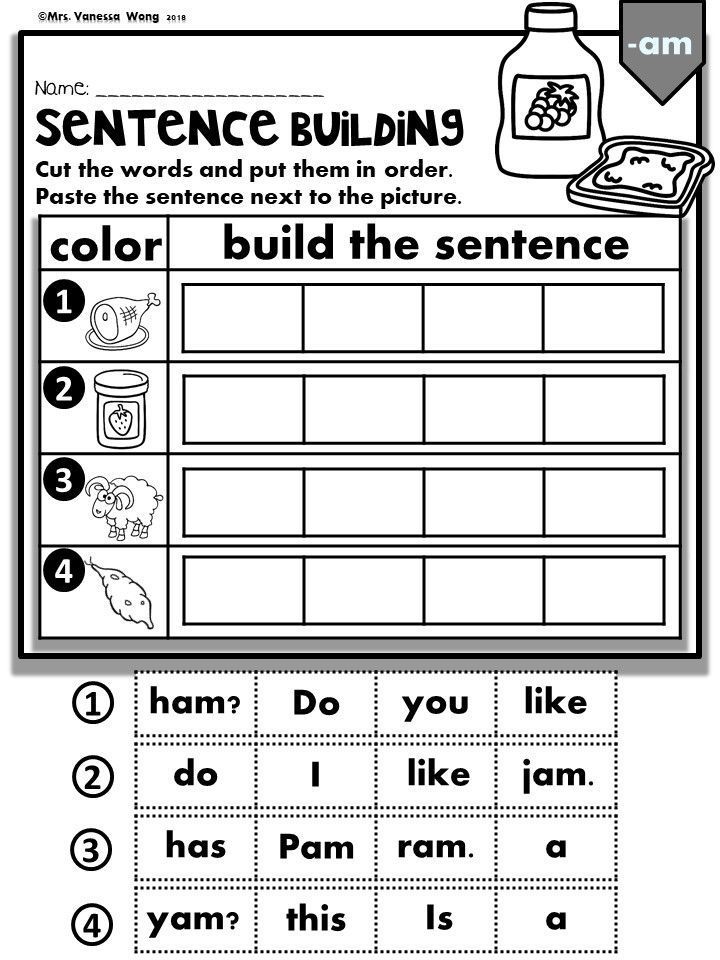
Longitude can be positional and phonemic. In the first case, the duration of the vowel depends on the position in the word and stress, while this characteristic does not affect the meaning. The phonemic length of a vowel has a semantic function, that is, depending on the length of the sound, the meaning of the word changes.
Length of vowel sounds in English
In Russian, the length of vowel sounds does not affect the meaning of words and changes only depending on stress. In English, vowels differ not only in positional but also in phonemic length. This means that long and short sounds, similar in other characteristics, represent different phonemes. Words that differ only in these phonemes have different meanings: ship - sheep , fit - feet , pull - pool . Therefore, it is so important to pronounce long and short sounds correctly.
In transcription, long vowels are indicated with a colon: [i:], [α:], [ɔ:], [u:], [ә:].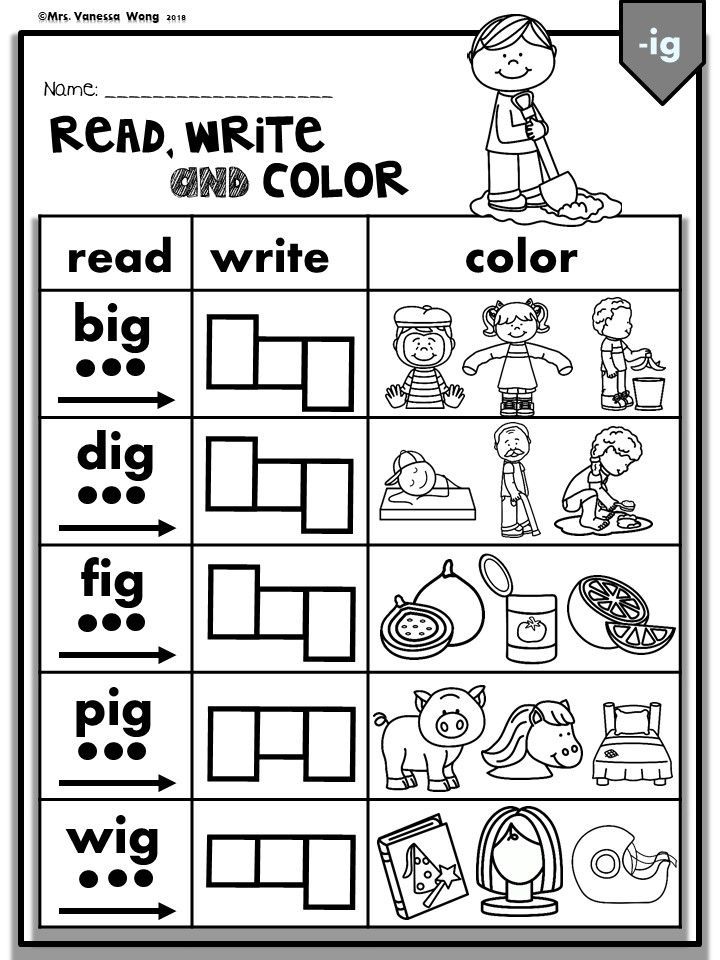 In some cases, long vowels in an unstressed position are reduced and become semi-long, which in transcription is indicated by one dot from above: [α ].
In some cases, long vowels in an unstressed position are reduced and become semi-long, which in transcription is indicated by one dot from above: [α ].
The long vowels listed above are opposed to short vowels, forming the following pairs in English:
- [i:] - [ı]
- [uː] - [u]
- [ɔ:] - [ɒ]
- [α:] - [ʌ]
- [ә:] - [ə]
The pronunciation of long and short English vowels often causes difficulties for Russian learners of English, since in Russian vowels do not have phonemic longitude, and we are not used to distinguishing the length of a vowel sound by ear. We often do not hear the difference between long and short vowels when listening to English speech. It is still not clear how long you need to draw a sound when speaking, so very unnatural, or almost inaudible, or too long vowels are obtained. It is impossible to correctly pronounce short and long sounds so that a native speaker hears the difference, even if you diligently shorten short vowels and stretch out long ones.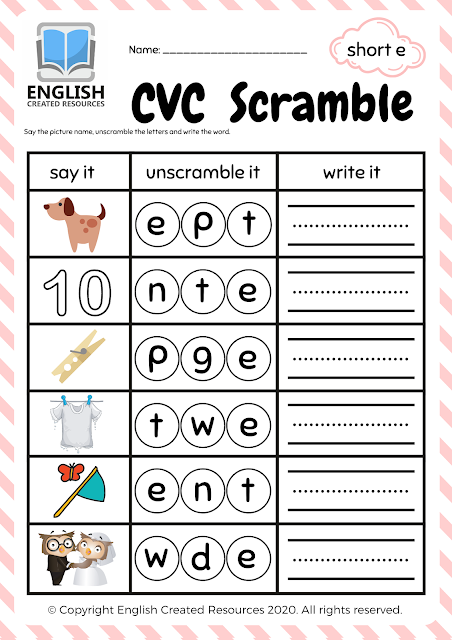
Sometimes it seems that native speakers themselves do not know the difference between short and long sounds, they seem to pronounce them the same way - but they themselves understand each other. But it's not. Let's see what are the differences between long and short English vowels, how to learn to hear them and how to train their pronunciation.
Differences between long and short English sounds
It is logical to assume that if vowels are called long or short, they differ in sound length. This is the main difference between them, but not the only one. It is important to understand that long and short sounds have other differences, which consist in articulatory features. This means that the sounds are not just of different lengths, they are also different in sound. And most often it is these articulatory features that determine the length of the vowel sound: the duration of the sound depends on the position of the tongue and the tension of the vocal apparatus.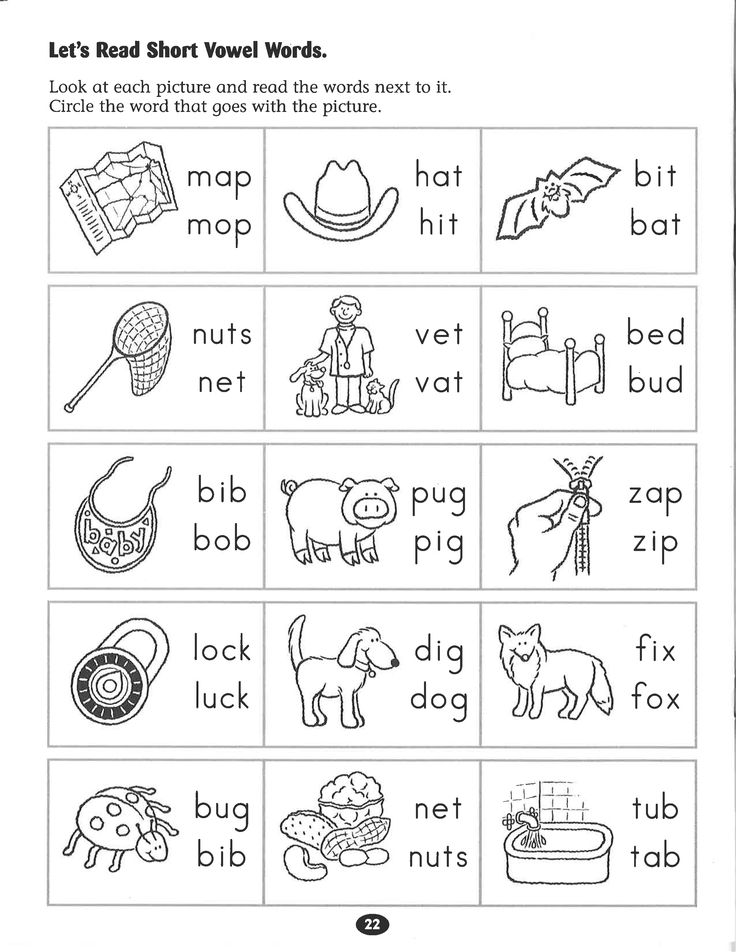
Long and short English vowels differ in tension. Long vowels are tense, in English they are also called tense . When they are pronounced, the root of the tongue seems to be tense, under tension. The sound is pronounced, bright, rich, clear.
Short vowels are called lax – relaxed. The tongue in the region of the root is relaxed, the vowel sound is articulated quickly, easily, without additional effort, as if bursting. It turns out short, inconspicuous, faded and fuzzy.
Qualitative differences in sounds in different pairs of English vowels range from pronounced to almost imperceptible. It is easy to notice the difference between long and short sounds a: pay attention to how the words cart and cut are pronounced, they differ not only in duration, but also in sound. But the differences between long and short u are almost imperceptible: pool and pull sound very similar, only slightly different in length.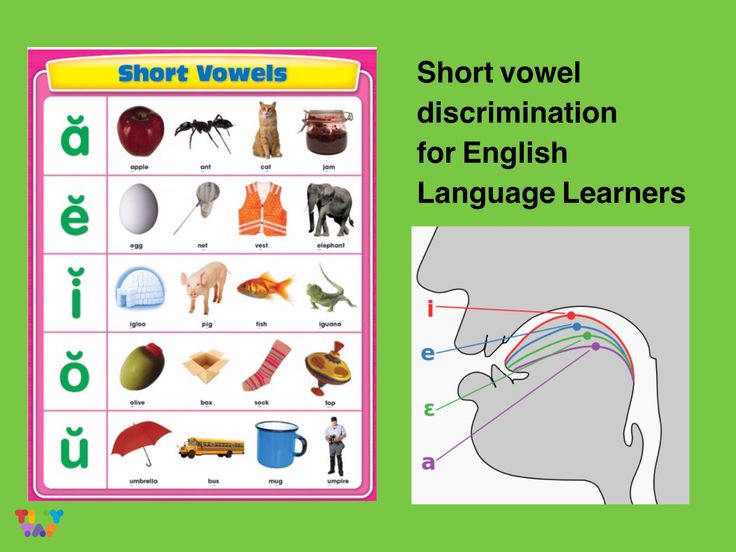 The Scots generally pronounce them the same way, differing only in context.
The Scots generally pronounce them the same way, differing only in context.
In addition, the duration of the pronunciation of vowels is also affected by positional longitude - for example, stressed or unstressed position in a word. As a result, a short vowel sound in one word may sound longer than a long sound in another word.
Thus, it is not enough to rely only on the subjective duration of a vowel sound. All the features of short and long vowels described above must be taken into account when learning English. It remains to understand how to master the pronunciation of long and short sounds in practice.
How to learn to pronounce long and short English vowels
The main mistake foreigners make when pronouncing long and short English sounds is focusing only on duration. But with this approach, it is intuitively incomprehensible where the boundary between a long and a short sound passes: you can’t measure the length of a sound with a stopwatch.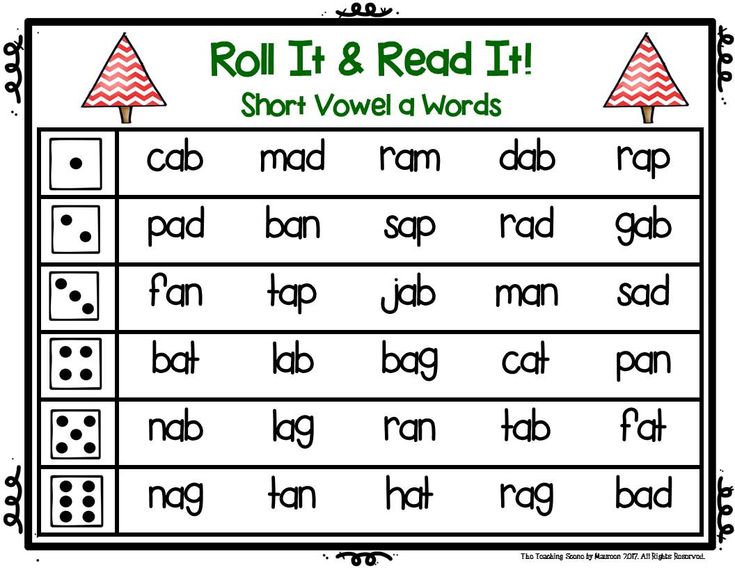 When trying to artificially lengthen or shorten a vowel, the sounds are unnaturally short or drawn out.
When trying to artificially lengthen or shorten a vowel, the sounds are unnaturally short or drawn out.
To learn how to pronounce long and short English sounds, you need to forget about the usual terminology "long" and "short". Try not to think about the duration of the sound at all. To correctly pronounce long and short vowels, you need to focus on their articulation, and not on duration. If we correctly reproduce the pronunciation of the vowel, then the duration will turn out to be correct automatically. Remember that long vowels require more tension at the root of the tongue, while short vowels are pronounced without additional effort, easily and unstressedly.
Pay attention to how native speakers pronounce vowels - don't watch how long they draw them out, but watch the pronunciation, the articulation, the quality of the sound. Repeat, imitate, practice. For practice, it is best to use video lessons or a conversation with a native speaker, since audio materials do not make it possible to see articulation.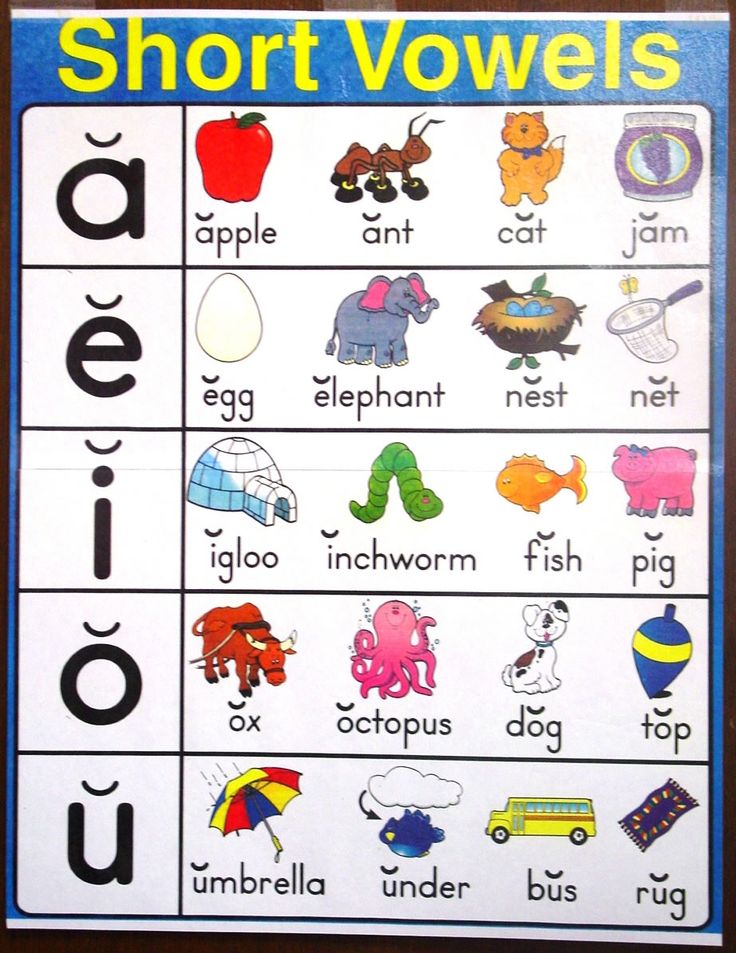
It is best to train long and short sounds not separately, but as part of words. First, this way you will note the influence of positional longitude on the duration of the sound in specific examples. Secondly, just as words are best learned in context, sounds are also best learned in the environment.
Practice pronunciation of long and short vowels in pairs of words to notice the difference between sounds, for example:
- Sport – hot
- Arm-cut
- See-hit
- Food-put
- Fur – ago
When you learn how to pronounce long and short vowels correctly in English, it will become easy to distinguish between them in speech. When listening to speech, forget about the differences in duration, pay attention to the qualitative differences in sounds - how intensely the vowel is pronounced, how bright or faded it sounds, how pairs of sounds differ from each other, except for duration.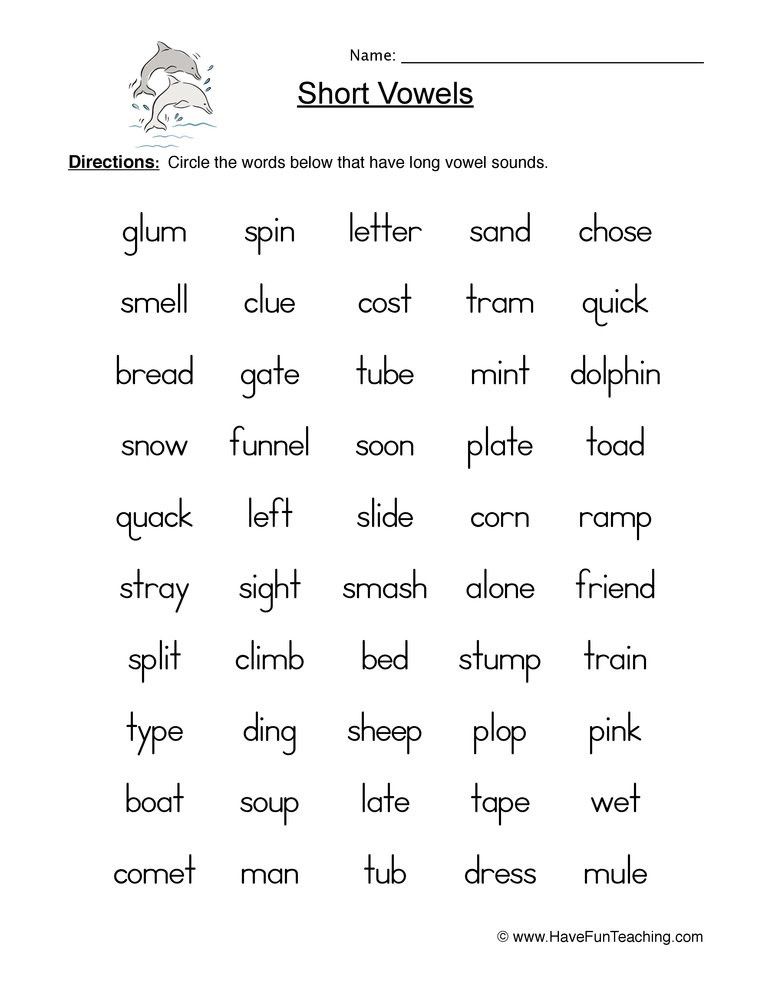
what are short vowels
What are short vowels?
Short vowels vowel sounds that are pronounced in short form . In English RP, short vowels are pet, pot, put, putt, pat, and pit, as well as schwa. They can be compared to long vowels. … Students need practice in distinguishing and pronouncing short and long vowels.
What are the 7 short vowels?
There are 7 "short" vowels, although children are usually introduced to only 5 that are most commonly heard in simple CVC (consonant, vowel, consonant) words: /a,( æ )/ in cat, /e,(e )/ in a peg, /i,(I)/ in a pin, /o,(ɒ)/ hot, /u,(ʌ)/ in a bus.
What is an example of a short vowel?
Short vowels can be represented by a curved symbol above the vowel: ă, ĕ, ĭ, ŏ, ŭ. Long vowels can be represented by a horizontal line above the vowel: ā, ē, ī, ō, ū. Here are some examples of short vowels: in, egg, it, bull, up . Here are some examples of long vowels: ate, each, ice, oak, good.
Here are some examples of long vowels: ate, each, ice, oak, good.
What are the 5 short vowels?
5 short vowels:
- short a: /æ/ cat.
- short e: /ɛ/ bed.
- short i: /ɪ/ sit.
- short o: /ɑ/ top.
- short y: /ʌ/ sun.
See also why geographers use maps
What are short and long vowels?
A long vowel is a vowel that is pronounced the same as the name of the letter itself. For example, is a long sound. Y is pronounced "yoo", as is the case with the words "lure" and "tube". In contrast, the short U sound is pronounced more like "uh", as in words like "cub" and "bath".
How to learn short vowels?
Learning short vowels: perfect practice makes perfect!
- First, make sure you learn the correct sound for each vowel. …
- Use picture clues and keywords to identify the correct vowel.
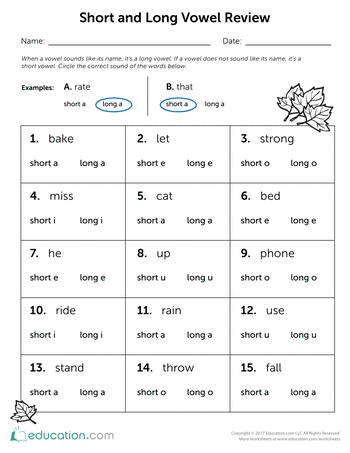 …
… - Use hand signals for each vowel. …
- Give students the opportunity to practice short vowels frequently.
How to identify a short vowel?
Short vowel sounds occur when a letter is not pronounced the way it sounds. Long vowels are formed by adding two vowels or ending a word with the letter "E". ‘Short vowels happen when the vowel is next to the consonant .
What is the short vowel rule?
Short vowel rule: When monosyllabic words have a vowel in the middle, the vowel usually has a short sound. . … If there is an f, l or s after a vowel, that letter is often doubled.
Which words have all 5 vowels?
Yunoya , consisting of six letters, is the shortest word in the English language that contains all five basic vowels. Seven-letter words with this property include adoulie, douleia, eucosia, eulogia, eunomia, eutopia, miaoed, moineau, sequoia, and suoidea.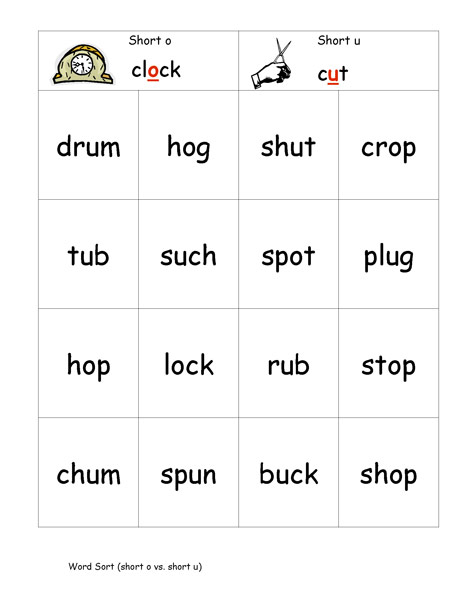 (The scientific name iouea is a genus of fossil sponges from the Cretaceous period.)
(The scientific name iouea is a genus of fossil sponges from the Cretaceous period.)
Is the machine a short vowel?
There is great power in words, because if you change the first letter {beginning}, you can write thousands of words! *Note: There are a few additional patterns on the short vowel page that are not exactly short vowels , such as the car, the ball, and her, just to name a few.
Is an apple a short vowel?
To the short vowel for A can be found in words like apple, relation, cat, actually can.
How many short vowels are there in English?
five short vowels 5 short vowels
To five short vowels the sounds in English are a, e, i, o and u. Remember that these sounds do not necessarily indicate spelling. Note that the words above all contain the vowel they produce, but this is not always the case.
What is a vowel and an example?
The definition of a vowel is a letter denoting a speech sound pronounced with the vocal tract open, in particular letters A, E, I, O, Y .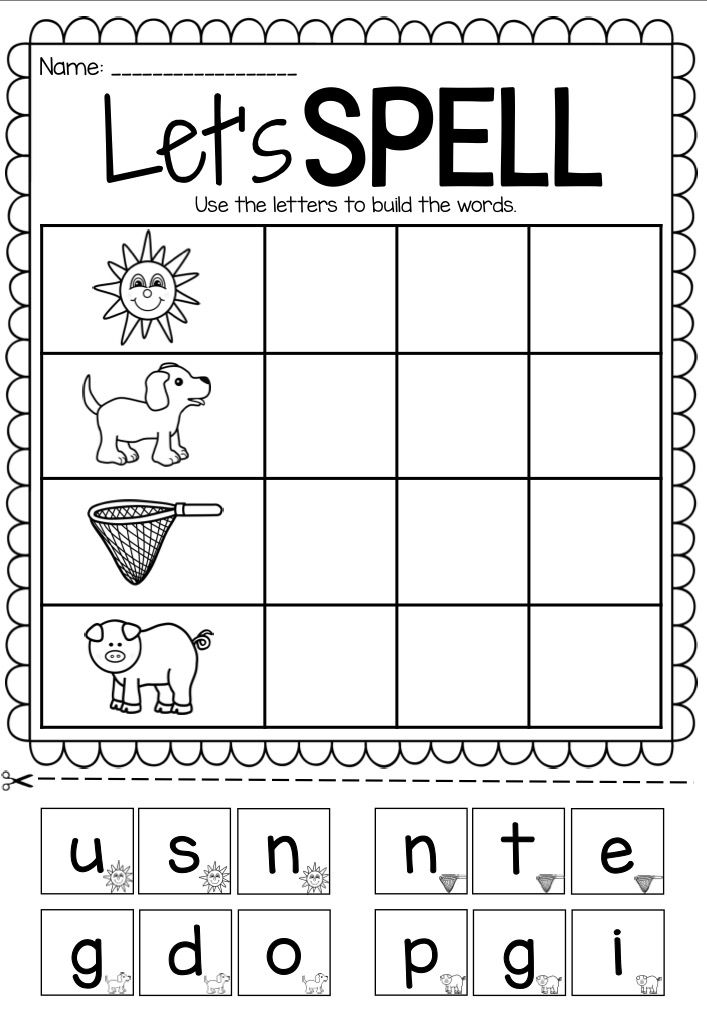 The letter "A" is an example of a vowel. … A letter (as a, e, i, o, u, and sometimes y) or a letter or symbol representing such a sound.
The letter "A" is an example of a vowel. … A letter (as a, e, i, o, u, and sometimes y) or a letter or symbol representing such a sound.
What are short vowel patterns?
A short vowel is often found in a monosyllabic word. is spelled with one vowel . C-V-C, or Consonant-Vowel-Consonant, is a common short vowel pattern. C-V-C-C, or Consonant-Vowel-Consonant-Consonant, is another common short vowel pattern.
What is the vowel for kindergarten?
A vowel is a special type of speech sound produced by a change in the shape of the upper vocal tract or the region in the mouth above the tongue. … These letters are vowels in English: A, E, I, O, U and sometimes Y . Y is said to "sometimes" be a vowel because the letter Y represents both vowels and consonants.
How to explain a short vowel to a child?
Why are short vowels important?
Short vowels are learned first. because they have more correct sounds than other words .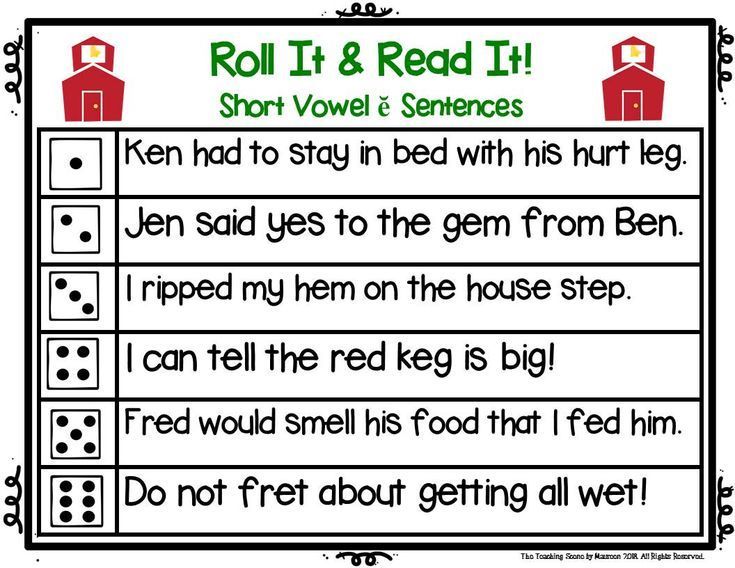 They are mostly just three-letter words, which is useful for students who are just learning to decipher words.
They are mostly just three-letter words, which is useful for students who are just learning to decipher words.
See also why the number of trophic levels is limited
Is a short vowel heard?
Words such as "read", for example, are pronounced as long vowel when tense is present. For example: "We are reading this list of short vowels."
What are examples of vowel sounds?
Examples of vowels
- /i:/, as in "I", "these", "should" and "be".
- /ɪ/ as in "with", "this", "if", and "think".
- /ʊ/ as in "put", "will", "look", and "woman".
- /u:/ as in k, you, new, and who.
Is Zip a short vowel?
In the case of "zip" "i" is short . If it is not followed by a consonant, such as "no" or "he", the vowel is long.
What are 2 vowels called together?
Vowel digraphs
Sometimes two vowels together form a new sound.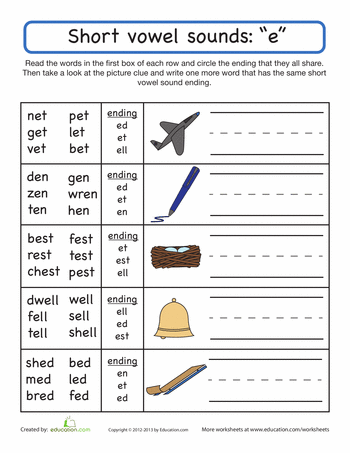 This is called diphthong .
This is called diphthong .
How to explain vowels?
The alphabet consists of 26 letters, 5 of which are vowels (a, e, u, o, y), and the rest are consonants. The vowel is the sound that is made by letting the breath out of the mouth without covering any part of the mouth or throat.
Which words have only vowels?
All-vowel words (found in major English dictionaries) include AA (lava type), AE, AI, AIEEE, IAO, OII, EAU, EUOUAE, OE, OO, I, O, A, IO, and UOIAUAI , the last of which is the longest vowel-only word (seven letters).
Which word has all 26 letters?
English pangram is a sentence that contains all 26 letters of the English alphabet. The most famous English pangram is probably "The quick brown fox jumps over the lazy dog." My favorite pangram: "Surprisingly few discotheques offer jukeboxes."
Cake is a short vowel?
A long vowel is the same as the name of the vowel itself.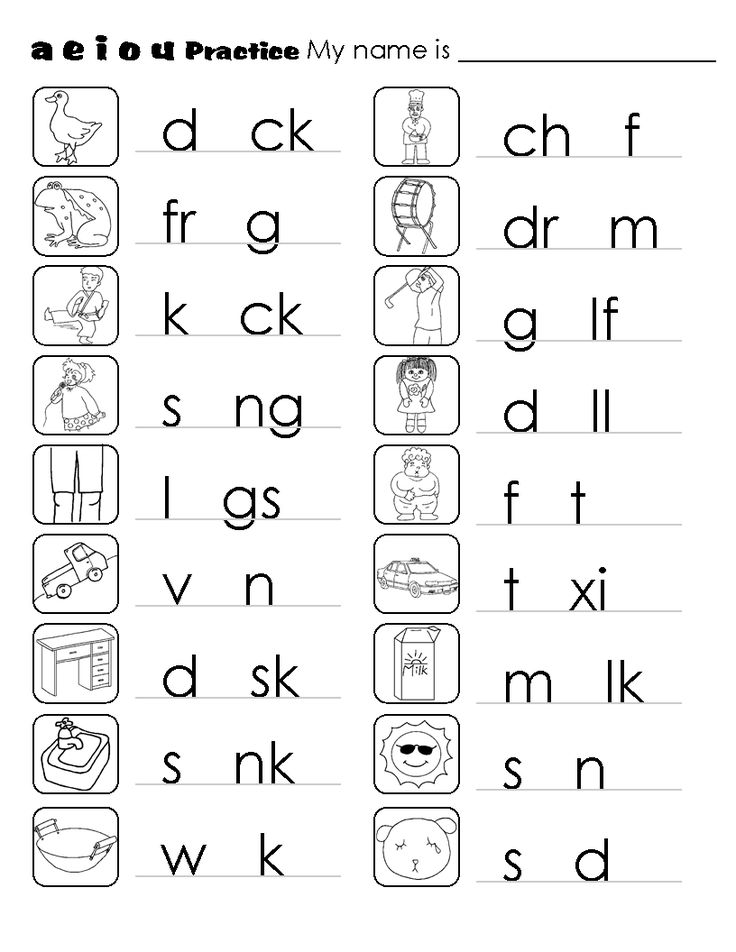 Follow these rules: Long A sound is AY, like in a cake. . The long sound E is EE an in the sheet.
Follow these rules: Long A sound is AY, like in a cake. . The long sound E is EE an in the sheet.
Short or long vowel at home?
Long vowel Words
See also How many cells does a unicellular organism have?
Long e - me, eve, hear, meet, piece, sweetie. Long i - quiet, cycling, light, mine. Long o - go home, sock, boat, snow.
Is rope a long or short vowel?
When a syllable ends in a silent "e", the silent "e" signals that the vowel before it is long . Examples: "make, generate, kite, rope and use". 8. When there are two vowels together in a syllable, the first vowel is usually long and the second quiet.
Does the egg have a short e sound?
The short "e" is the sound that the letter "e" makes in the words , "egg", "leg" and "wet". It is pronounced like "e" (as opposed to words like "meeting", "tea" or "key" which contain long "e" sounds pronounced like "and").
Does the umbrella have a short Y sound?
Then a short "u" sound says "uh ", as in "umbrella" and "beetle". On the other hand, the long "y" sound is a little less common. It can be heard in words like "huge". When teaching phonetics, start with short vowels first.
Is the ant a short sound?
Short Word Wheel
When you turn the wheel, words containing a short "a" sound appear, including cat, hat, axe, rat, mask, ham, bag, apple, ant, bank, man, and hand .
What are the twenty vowels?
There are 20 vowels in English. IPA short vowels : /ɪ/ - pit, /e/ - pet, /æ/ - pat, /ʌ/ - cut, /ʊ/ - put, /ɒ/ - dog, /ə/ - o. Long vowels in IPA: /i:/-week, /ɑ:/-hard, /ɔ:/-fork, /ɜ:/-heard, /u:/-boot.
What is the significance of the vowel sound?
A vowel is the sound of syllabic speech pronounced without any vocal tract strictures . Vowels are one of the two main classes of speech sounds, the other being the consonant.

